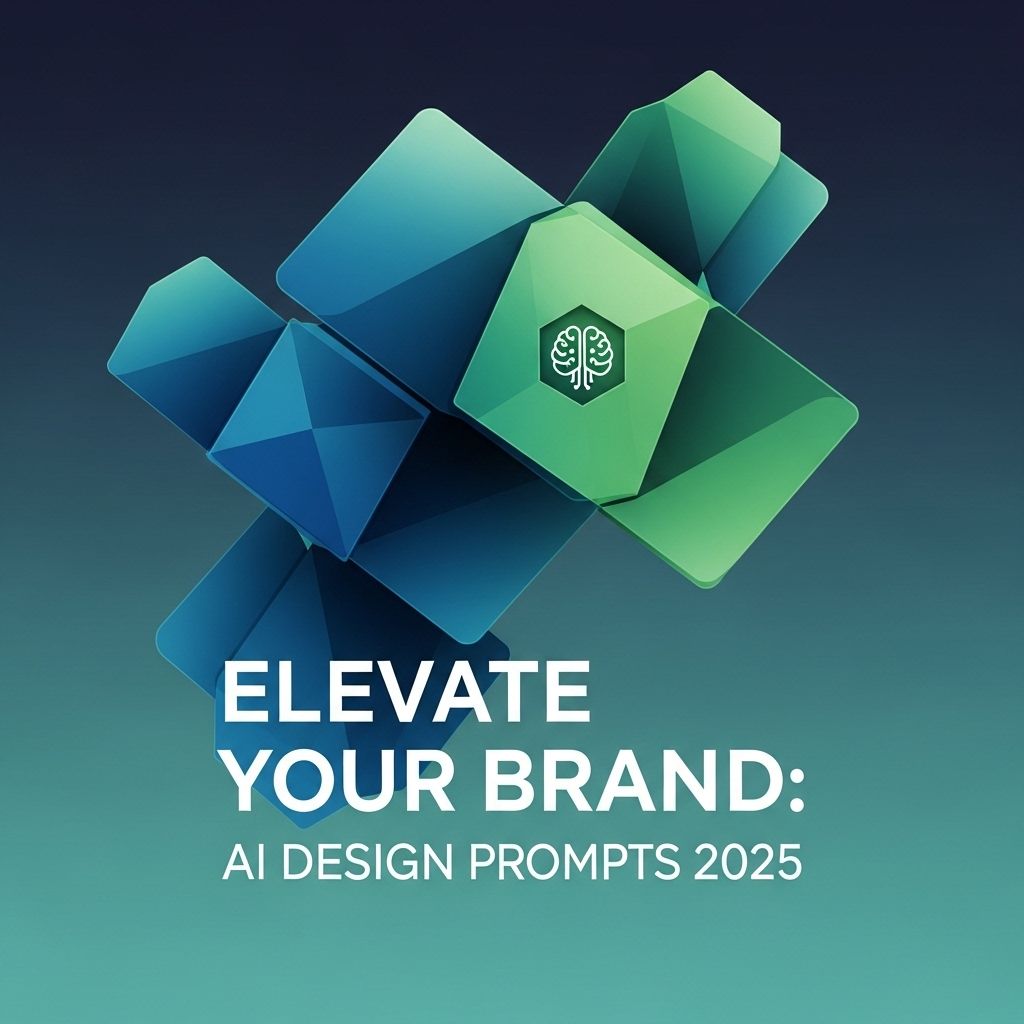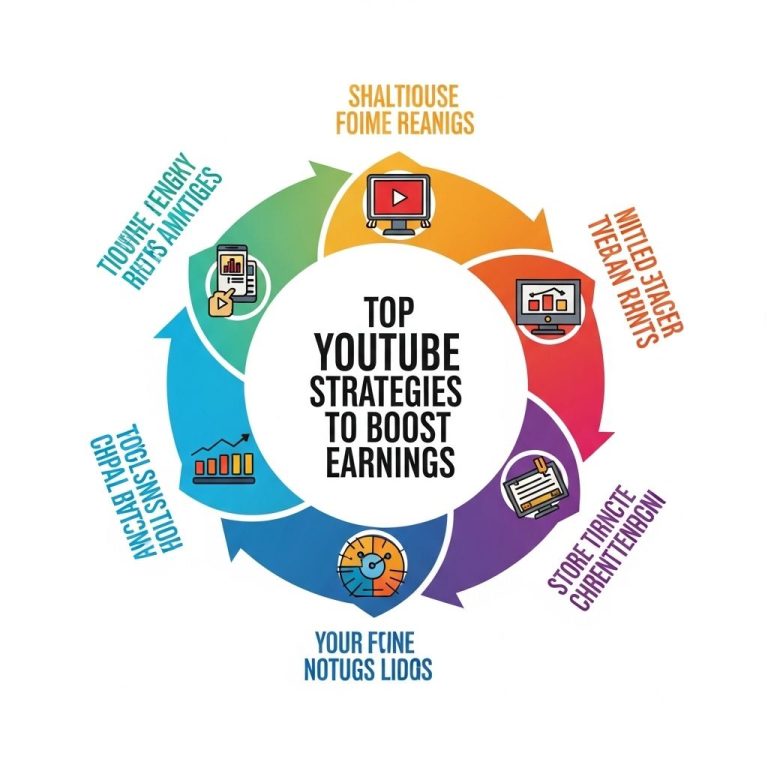In the rapidly evolving world of digital marketing and branding, artificial intelligence is becoming an indispensable tool for designers and marketers alike. As we step into 2025, the integration of AI in the design process is set to revolutionize how brands create, maintain, and elevate their visual identity. The ability to generate innovative design concepts and streamline workflows not only enhances efficiency but also fosters creativity. In this article, we will delve into the emerging AI design prompts that are poised to elevate your brand this year.
Understanding AI in Design
Artificial Intelligence refers to the simulation of human intelligence processes by machines, particularly computer systems. In the context of design, AI can assist in various stages, from ideation to execution. Here’s how AI is transforming design:
- Automation: AI can automate repetitive tasks, allowing designers to focus on more complex creative processes.
- Data-Driven Insights: Analyzing user data helps in crafting designs that resonate with target audiences.
- Personalization: AI can generate personalized designs based on user preferences, improving customer engagement.
- Rapid Prototyping: Speeding up the design iteration process, AI tools can generate multiple variations in no time.
Key AI Design Prompts for 2025
As we embrace these advancements, here are several AI design prompts that every brand should consider integrating into their strategy:
1. User-Centric Design Suggestions
AI can analyze user behavior and preferences, producing design suggestions tailored to specific audience segments. This ensures that the designs not only attract attention but also enhance usability and engagement.
- Utilize heatmaps and eye-tracking data to understand user interactions with your current designs.
- Incorporate AI tools that suggest design elements based on trending user preferences.
2. Brand Identity Consistency
Maintaining a consistent brand identity across various platforms can be challenging. AI can help by:
- Analyzing existing brand assets to provide recommendations for color schemes, fonts, and layouts.
- Generating templates that align with brand guidelines for various applications (social media posts, website layouts, etc.).
3. Predictive Design Analytics
Using predictive analytics, AI can forecast design trends based on historical data. This allows brands to stay ahead of the curve. Key steps include:
- Monitoring changes in consumer behavior and preferences over time.
- Leveraging machine learning algorithms to identify potential upcoming design trends.
4. Generative Design Techniques
Generative design is an AI-driven approach that allows designers to input parameters (e.g., materials, manufacturing methods) and receive a variety of design options in return. This can lead to innovative solutions that might not have been conceived through traditional methods. Benefits include:
| Benefits | Description |
|---|---|
| Enhanced Creativity | Generative design opens up new creative avenues by providing unexpected solutions. |
| Efficiency | Reduce time spent on brainstorming by exploring numerous design possibilities quickly. |
| Cost Reduction | Optimize resource usage by generating designs that require fewer materials or less time to produce. |
5. Real-Time Feedback Mechanisms
Integrating AI tools that provide real-time feedback on design choices can empower teams to make data-driven decisions. Such mechanisms can:
- Utilize A/B testing to evaluate the effectiveness of different design options.
- Collect user feedback during the design process to refine concepts before finalization.
Implementing AI Design Strategies
To effectively implement these AI design prompts, consider the following strategies:
1. Invest in AI Tools
Investing in advanced AI design tools can provide your team with the necessary resources to leverage AI effectively. Look for tools that specialize in:
- Graphic design and illustration
- User experience testing
- Dynamic content generation
2. Training and Development
Ensure your design team is well-equipped to use AI tools by providing adequate training. This can include:
- Workshops on new AI software
- Online courses focused on AI and design integration
3. Foster a Culture of Innovation
Encourage a culture that embraces experimentation and innovation. This can be achieved by:
- Hosting regular brainstorming sessions to explore AI-driven design ideas.
- Recognizing and rewarding creative use of AI in design projects.
The Future Landscape of AI in Design
As we continue to navigate the implications of AI in design, it is essential for brands to stay agile and responsive to changes. The future of AI in design holds exciting possibilities, including:
- Increased Collaboration: Designers will be able to collaborate more seamlessly with AI systems, leading to hybrid creative processes.
- Better Accessibility: AI will democratize design, allowing non-designers to create professional-quality visuals.
- Adaptive Interfaces: AI will enable interfaces that adapt in real-time to user input and preferences, enhancing user experience.
Conclusion
As we venture further into 2025, the integration of AI in design processes is no longer a futuristic concept but a present reality. By embracing the various AI design prompts discussed, brands can enhance their creative output, optimize workflows, and ultimately elevate their visual identity. The key is to remain proactive and adaptable, harnessing the power of AI to not only keep pace with the ever-changing landscape but also to lead the charge in innovative design.
FAQ
What are AI design prompts and how can they elevate my brand?
AI design prompts are automated suggestions generated by artificial intelligence to inspire creative design concepts. They can elevate your brand by providing unique, innovative ideas tailored to your brand’s identity, helping you stand out in a competitive market.
How do I implement AI design prompts into my branding strategy?
To implement AI design prompts into your branding strategy, start by integrating AI design tools into your workflow. Use these prompts during brainstorming sessions to spark creativity and develop visual content that aligns with your brand message.
Are AI design prompts suitable for all types of businesses?
Yes, AI design prompts are suitable for all types of businesses, from startups to established brands. They can be customized to fit various industries, ensuring that the generated designs resonate with your target audience.
What are the benefits of using AI for brand design in 2025?
The benefits of using AI for brand design in 2025 include enhanced efficiency, cost-effectiveness, and access to a wealth of creative ideas that can help brands stay relevant and innovative in an ever-evolving marketplace.
Can AI design prompts help with social media branding?
Absolutely! AI design prompts can generate engaging visuals and content ideas specifically tailored for social media platforms, helping your brand capture attention and boost engagement with your audience.
How do AI design prompts differ from traditional design methods?
AI design prompts differ from traditional design methods by utilizing machine learning algorithms to generate ideas quickly and efficiently, enabling designers to explore a wider range of concepts in a shorter amount of time.




